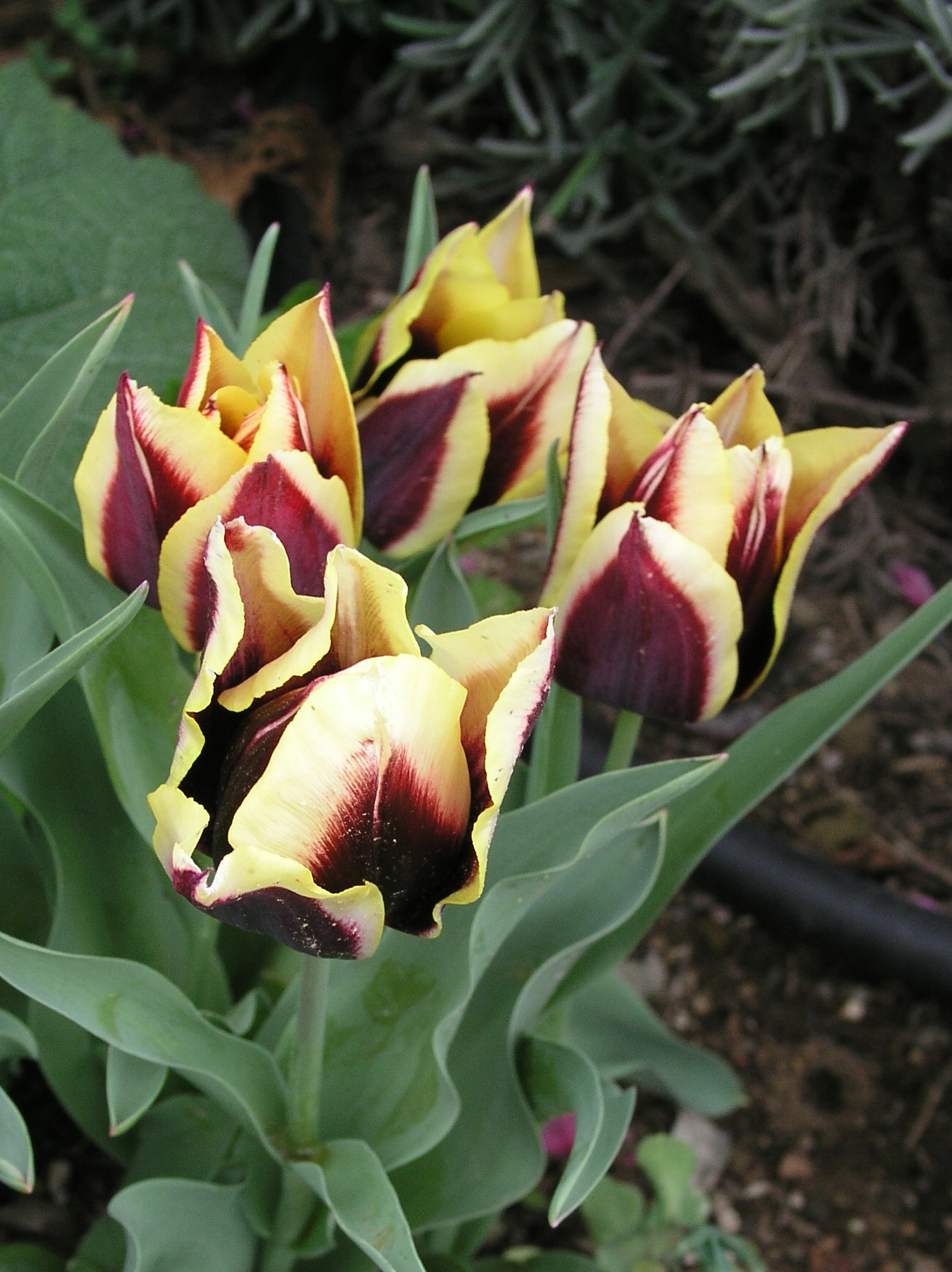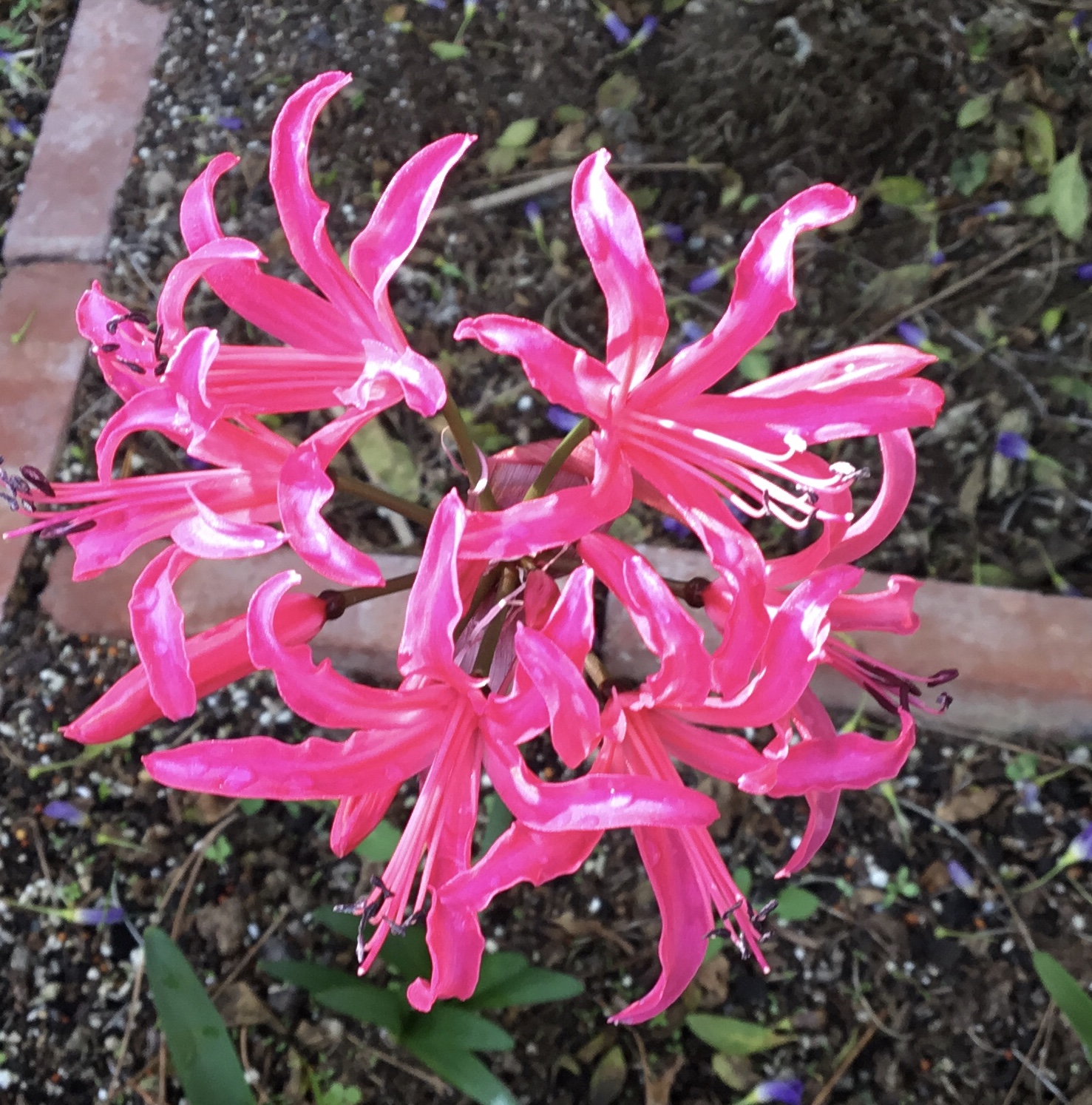Changing weather calls for a rethink
Cyprus is renowned for ‘wall to wall’ sunshine for a great deal of the year and some rain during the winter. This year has been quite an exception with very hot temperatures for months on end and not a drop of rainfall until towards the end of September, when we had a couple of violent storms.
Although they caused some damage, they filled the wells and aquifers and perked the garden up enormously. The prolonged heat during the summer has not been good for many plants and they have struggled despite regular watering, including some cacti plants that usually can cope with summers like this one.
Some say that we should let everything go back to nature, but that would negate all the pleasure and hard work that gardeners over the centuries have achieved to give us such wonderful plants for our gardens.
Would you go wild? I doubt it! Most of us strive for a little orderliness in our gardens so that we can have the pleasure but not the pain of too much back-breaking weeding and other such tiresome activities, but this very hot summer this year has persuaded me to rethink some of my plantings.
I know that many plants in my garden came through this hot summer with flying colours, like plumbagos, tecomas and especially bushes of Leucophyllum frutescens, the latterthriving on heat and humidity and now showering us with loads of pretty pink petals.
November is a great month to work in the garden. The soil temperatures are still good for planting new shrubs and perennials and hopefully there should be some more rainfall soon to help things along.
Cuttings taken at this time generally do well, as the light is still good despite the clocks having gone back and the evenings becoming darker earlier.
The compost, available here needed for cuttings, leaves a lot to be desired. Despite all the promises made on the labels of some potting composts that they are suitable for seed sowing and cuttings, they are not always so and the results can be disappointing.
My advice has always been to turn out a bag of bought ‘potting compost’ and break up all the lumps. Add a couple of shovels of clean builders’ sand if you can get it or some soil from your garden if you can spare it and the same of Perlite and half a jar of slow-release fertiliser granules. (You don’t actually need the slow-release fertiliser granules for seed sowing, but it helps cuttings along.) Mix well together and keep it in a lidded bin, which stops it from drying out. The soil or builders’ sand gives the compost some ‘body’, which it will lack otherwise.
Choose ‘green cuttings’ for best results as these fresh green stems will make roots faster than woody stems and will appear where you have removed any lower leaves. The freshly cut ends can be dipped into a hormone rooting powder and then inserted into a pot of moist but not soaking-wet compost, using a dibber or even a pencil and then pressed firmly in with the fingers. (Pelargonium cuttings generally do not need very much special attention, but keep them in a shady spot until they have rooted.) Water gently and put the pot in a plastic bag and tie the top. Keep it in a light place but out of the sun.
Some cuttings root very quickly – rosemary is the quickest in my experience. Check the pots after about three weeks and when you see white roots appearing through the holes in the bottom of the pot, the cuttings are ready for potting on. Plants sometimes suffer a little set back in growth when you do this, but they will catch up quickly.
There is still time to plant bulbs if you haven’t done so yet. November is a good month for putting in tulips, making sure that the soil is friable where you are going to put them (think of all those bulbs in the Netherlands).
If you want to give pots of ‘Paper Whites’, Narcissus papyraceus, as Christmas gifts then prepare them around the middle of the month. A shallow bowl is best and as there isn’t a specific bulb fibre here, you could use the compost I suggested minus the slow-release fertiliser. Remember to leave the neck of the bulb proud of the soil and they should be ready to flower at Christmastime. (They can also be grown in water.)

After Christmas when the flowers and leaves have died down you can transfer the bulbs to the garden where they may flower for many years with a little TLC.
If you would like amaryllis to flower for Christmas, then you should plant new bulbs now. Place them in a peaty compost with their neck and shoulders above the soil. You will be amazed at their rapid growth. If last year’s amaryllis bulbs are still resting, don’t start to water or liquid feed them until the end of the month as they need a good three months dormancy. Once the leaves have turned brown, then you can carefully remove them.
If you have a lawn and so many people are growing grass these days, which sets off the flower beds so nicely, then this is a good time to drag a thin-tined rake over it and get out all the rubbish that accumulates at root level. Any dry areas should be prodded with a fork to let in some air and a feed of low nitrogen fertiliser (first number) but high in phosphorus would be helpful.
You can grow your own potatoes if you have the space. As they start to throw out shoots in your veggie baskets, then there is just time to plant them in the garden in order to have fresh new potatoes in the New Year. It’s best to just keep one eye in order for the plant to concentrate its growth there and remember that they do best in deep soil. If you have seen the copious potato fields here you will notice that as they grow, they are piled up with soil around them.
Broad beans, which grow so well here too, may need some staking to protect them from the strong winds and any heavy rain, hopefully to come. Pinching out the tops will encourage more shoots from the base of the plant and more beans to harvest later on.
Winter veggies (cabbages, broccoli, Brussel sprouts and Kohl rabi – much loved here) are available in plugs from garden centres, which gives them a good start. If your garden doesn’t get too cold, then you could still grow a few salad crops as well, even if you only have a veranda.
As temperatures continue to drop, move more tender potted plants into protected areas and wrap them in straw or some of that green material sold by garden centres and builders’ merchants, remembering to let air circulate around the plant, which should protect them from any drop in night temperatures.
Plant of the Month – Nerine bowdenii

Another good bulbous perennial plant from South Africa, belonging to the Amaryllis family, is Nerine bowdenii. This autumn flowering bulb should grow well in our gardens, although you may have to wait a couple of years before they flower, as this is another plant that doesn’t like being moved.
The lovely frondy flowers appear in terminal clusters on long stems in late autumn here. The flower heads, looking like small agapanthus flowers, are sometimes almost fluorescent pink and others a sugar pink, whilst there are some other pastel shades available.
This bulb was discovered amongst the rocky and arid habitats of the Drakensburg area of South Africa, where many other interesting plants were discovered. Can you imagine the lovely surprise when the first plant hunters came upon these beautiful flowers?
They are also known as the ‘Guernsey lily’ as the story goes that the first ship carrying some bulbs back to England was shipwrecked off the Guernsey coast and some were washed ashore, where they eventually thrived and grew into colonies.
The largest bulbs can give rise to two stems or more if they have been grown under the right conditions. Used as cut flowers they can survive up to 14 days in a vase with water, so are good value. The bulbs should be planted with their necks exposed, in a warm dry position just as you would do with amaryllis bulbs, and against a south facing wall would be ideal. They look wonderful in a group rather than singly.
They are able to withstand our very hot summers here as they are dormant then, but as the weather cools, they will start to send up leaves followed by flower stems, topped with the gorgeous flowers. And remember to feed with a low nitrogen, high potassium liquid feed to ensure plentiful flowers at the expense of the leaves.


